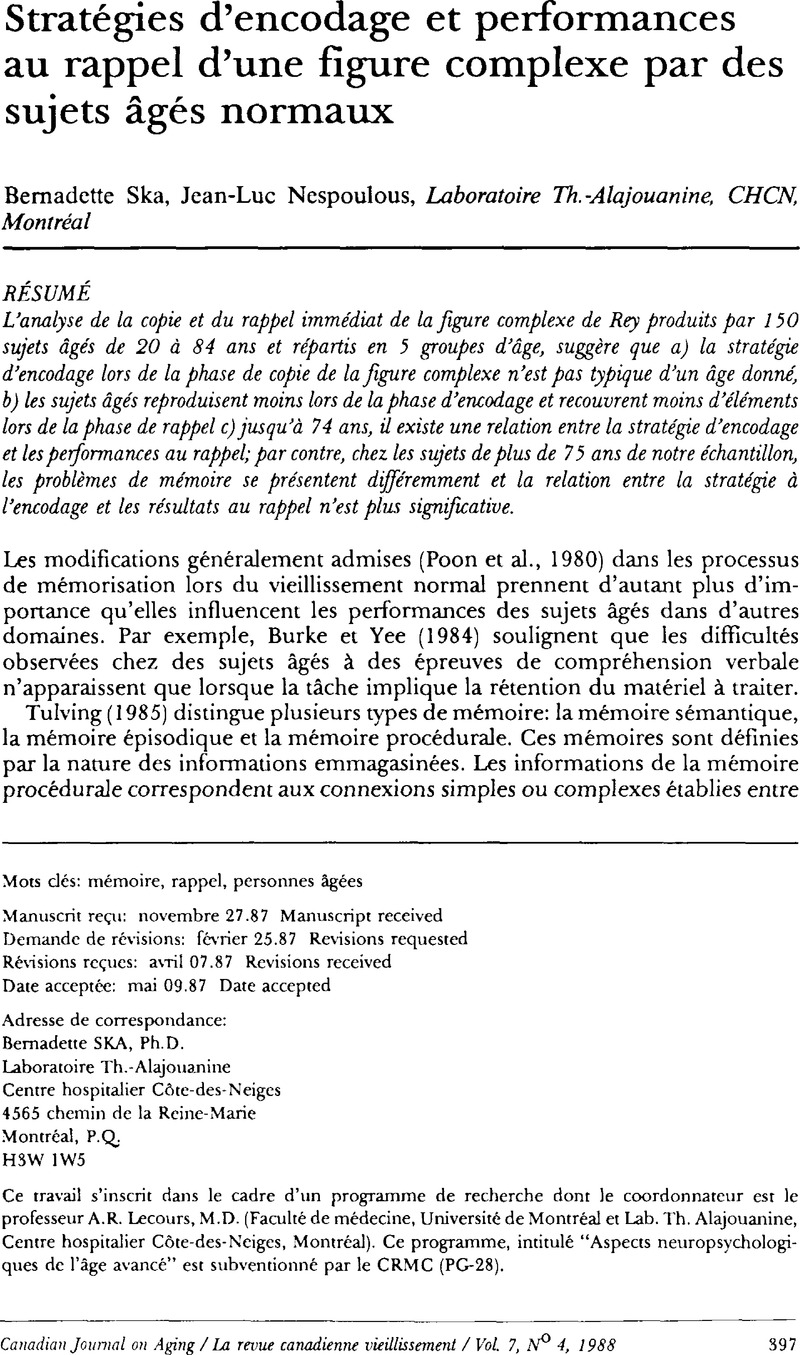Crossref Citations
This article has been cited by the following publications. This list is generated based on data provided by Crossref.
Dujardin, K.
Bourriez, J.L.
and
Guieu, J.D.
1995.
Event-related desynchronization (ERD) patterns during memory processes: effects of aging and task difficulty.
Electroencephalography and Clinical Neurophysiology/Evoked Potentials Section,
Vol. 96,
Issue. 2,
p.
169.



